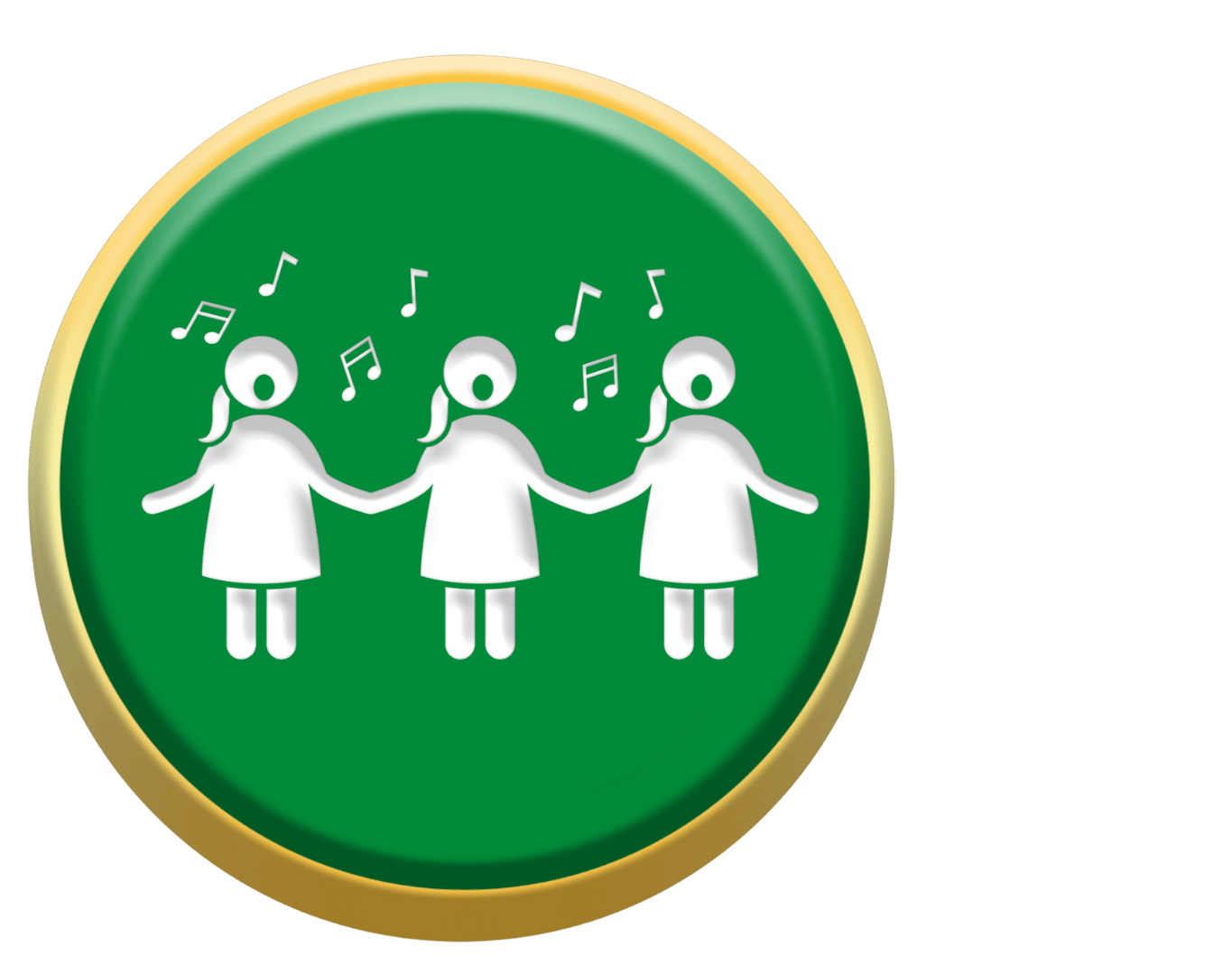Angat Performance: Empowering Development with Music and Play
Ruby Baluyot Cosico
Music Educator and Mother
There’s something magical about the way a child’s simple tune can light up a room and draw a family closer together. I’m a music educator with 21 years of experience and I’ve seen how singing reveals more than talent—it’s a window into a child’s development. Curious to know more? Join me as we take a closer look at this.
You might think it’s just a cute moment—but when your child sings, they’re showing you how they’re growing. Music educators and child development experts see these little Angat Performances as a window into development. From the way they carry a tune to how they express emotion, singing can reveal so much.
5 Signs Your Kid’s Singing Shows Development

1. Curiosity in Learning
Even before they learn to read, children can repeat lyrics and follow tunes—showing a natural eagerness to explore, learn, and grow through playful musical experiences.

2. Emotional Expression
Happy, sad, silly, or sleepy—songs are how kids say, “Here’s how I feel today!”

3. Physical Coordination
Breath control, posture, and vocal strength all come into play—singing quietly helps build body awareness and confidence.

4. Connection with Others
Duets and group songs teach kids how to share, listen, and bond with others. It’s teamwork in harmony!

5. Love for Family & Tradition
Songs like Bahay Kubo or Leron Leron Sinta connect kids to Filipino culture and identity, while ballads later on help shape self-expression and confidence.
Fueling Their Musical Journey
Behind every confident little performance is a child who’s well-nourished and supported. Age-appropriate nutrition, milk, and an active lifestyle help fuel their energy, creativity, and joy. When kids feel good, they sing louder—and their Angat Performance begins to shine.
5 Fun Music Tips for Everyday Joy
Want to make the most of this stage? Try these simple and practical ideas:

Start with nursery rhymes and folk songs
Familiar tunes build early confidence.

Sing together often
Turn bath time or bedtime into musical moments.

Cheer them on
Every clap boosts their self-esteem.

Make it a family jam
Include everyone, even virtual sing-alongs!

Explore creative tools
Instruments, apps, and expert tips can keep the fun going.
So next time your child sings, take a moment to really listen. You’re hearing their heart, their mind, and their spirit growing in real time. With the right support, you’re not just helping them grow—you’re deepening your bond. So keep showing up, keep cheering them on, and keep fueling them with the right nutrition—because every note they sing is a chance to express your support and nurture their Angat Performance.
Sources
National Association for Music Education (NAfME).
“How Music Can Help Children Grow.”
https://nafme.org
Harvard University Center on the Developing Child.
“Serve and Return: How Interaction Builds Brain Architecture.
https://developingchild.harvard.edu
American Academy of Pediatrics.
“The Power of Play: A Pediatric Role in Enhancing Development in Young Children.”
https://pediatrics.aappublications.org










